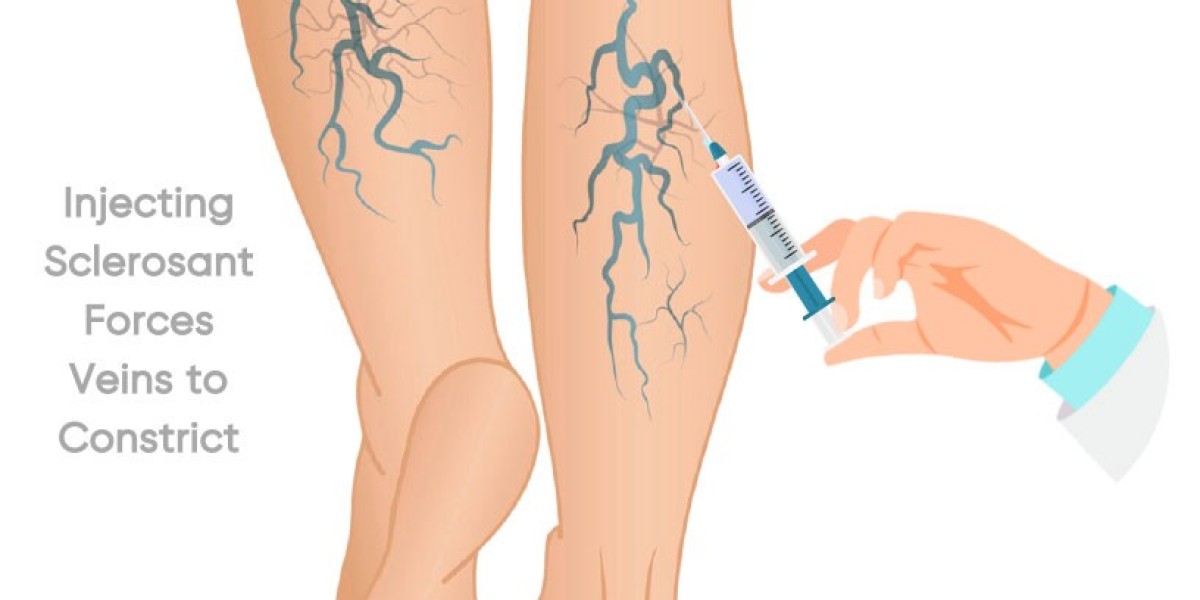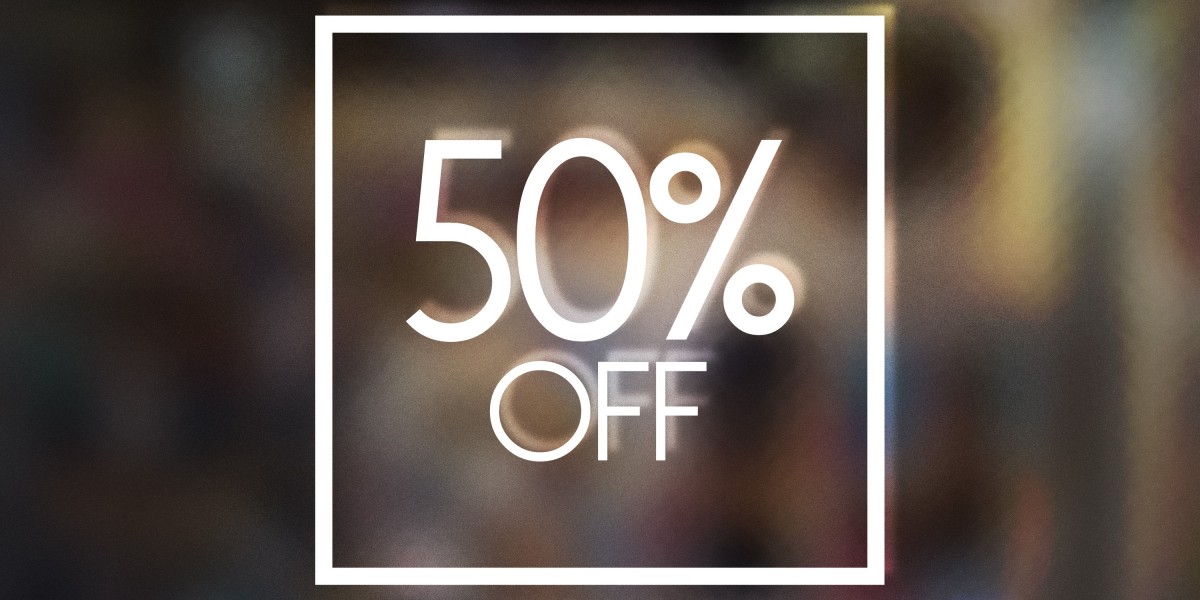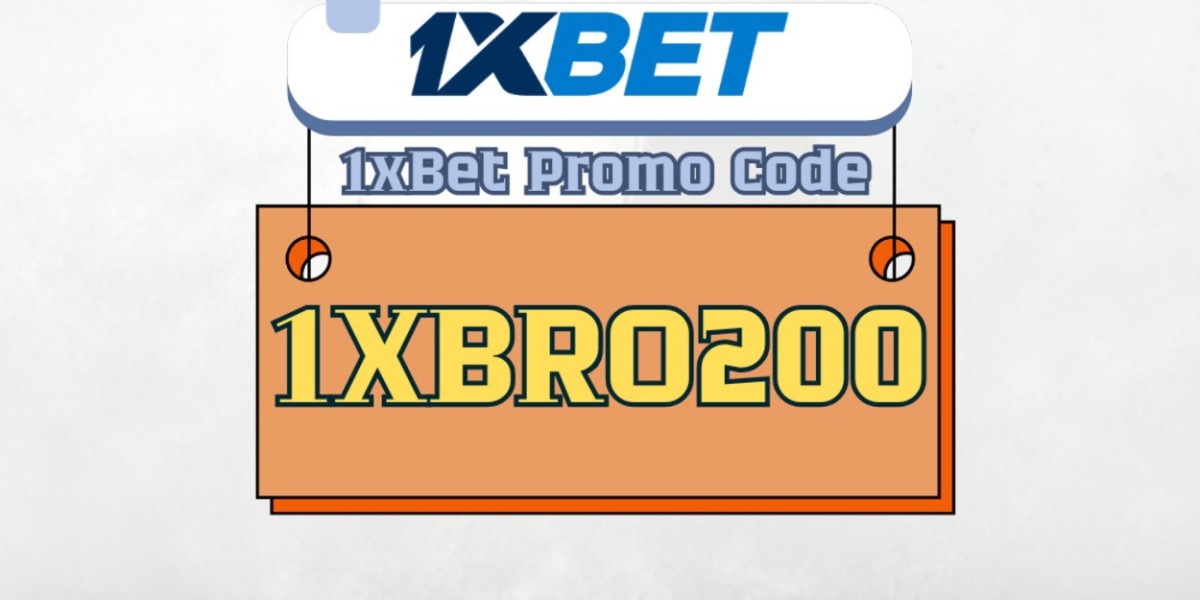Varicose veins are more common than many people realize. These twisted, swollen veins not only affect appearance but can also cause discomfort, pain, and even long-term health issues. If you are struggling with this condition, the good news is that modern medicine offers multiple treatment options.
But here’s the real question: How to choose the right varicose veins treatment for you? With so many methods available, understanding your options is the first step to making an informed decision.
In this comprehensive guide, we’ll cover everything—from what varicose veins are, why they happen, the treatments available, and how to select the one that best fits your needs.
Understanding Varicose Veins
Varicose veins occur when the valves in your veins stop working properly. These valves usually allow blood to flow only toward the heart. When they weaken, blood starts pooling in the veins, causing them to enlarge and bulge.
Common Causes
Family history (genetics)
Hormonal changes (pregnancy, menopause, or birth control)
Obesity and lifestyle factors
Long hours of standing or sitting
Aging, which weakens vein walls
Symptoms You Shouldn’t Ignore
Heavy or aching legs
Visible bulging veins
Swelling around ankles
Burning or throbbing sensations
Skin changes or discoloration
Restless legs, especially at night
Why Choosing the Right Treatment Matters
Every patient’s condition is unique. The treatment that works for someone else may not be the right one for you. Factors like the severity of your veins, your health history, and your lifestyle all play an important role in deciding the best solution.
Choosing correctly means:
Long-lasting results
Reduced recurrence
Faster recovery
Improved quality of life
Treatment Options for Varicose Veins
Let’s look at the most common and effective options available today:
1. Lifestyle Changes
For very mild cases, simple changes can help manage symptoms:
Exercise regularly
Maintain a healthy weight
Elevate legs when resting
Avoid sitting or standing for too long
Wear flat, supportive shoes
2. Compression Therapy
Compression stockings gently squeeze your legs, improving circulation and reducing swelling. They’re a good first step but don’t cure varicose veins.
3. Sclerotherapy
A minimally invasive option where a solution is injected into the vein, causing it to collapse and fade.
Best for: Small to medium veins
Recovery: Same day return to activities
4. Endovenous Laser Therapy (EVLT)
Uses laser energy to close off faulty veins.
Best for: Larger veins
Recovery: 24–48 hours
Advantage: Quick, effective, minimal pain
5. Radiofrequency Ablation (RFA)
Similar to EVLT, but uses radiofrequency energy instead of laser.
Best for: Moderate to severe varicose veins
Advantage: Virtually painless, outpatient procedure
6. Foam Sclerotherapy
Foam instead of liquid is injected into larger veins for better coverage.
Best for: Veins not suitable for traditional sclerotherapy
7. Ambulatory Phlebectomy
A minor surgical procedure where large, bulging veins are removed through tiny incisions.
Best for: Surface-level bulging veins
Recovery: A few days
8. VenaSeal (Vein Glue Closure)
A newer, innovative treatment that uses medical adhesive to seal the vein.
Best for: Patients wanting minimal downtime
Advantage: No need for compression stockings afterward
How to Choose the Right Varicose Veins Treatment for You
Now that you know the options, here’s how to decide:
1. Assess Severity
A specialist will examine whether your veins are mild, moderate, or severe. Treatments differ based on this.
2. Consider Symptoms
Mild discomfort → Compression stockings or sclerotherapy
Severe swelling/pain → EVLT or RFA
Large, visible veins → Phlebectomy or VenaSeal
3. Your Lifestyle
If you want a quick recovery with minimal downtime, minimally invasive treatments like EVLT or VenaSeal may be ideal.
4. Budget & Insurance
Some treatments cost more than others. Insurance may cover certain procedures if they are medically necessary.
5. Medical Consultation
Always get a vascular ultrasound and discuss with a qualified specialist before deciding.
Prevention & Aftercare
Even after treatment, prevention is key to avoiding recurrence.
Exercise regularly (walking, swimming, yoga)
Avoid prolonged sitting or standing
Eat a balanced diet rich in fiber
Stay hydrated
Wear compression stockings if advised
Conclusion
Varicose veins don’t have to hold you back from living comfortably. With so many safe, effective options available, the main challenge is knowing how to choose the right varicose veins treatment for you. Start by understanding your condition, consulting with a specialist, and selecting the procedure that best matches your lifestyle and health needs.
Modern treatments are minimally invasive, offer quick recovery, and deliver lasting results—helping you regain healthy, pain-free legs with confidence.
Frequently Asked Questions (FAQs)
Q1: Which treatment works best for large varicose veins?
EVLT, RFA, or phlebectomy are usually recommended for larger veins.
Q2: Is varicose vein treatment painful?
Most modern treatments are minimally invasive and performed under local anesthesia, so discomfort is minimal.
Q3: How long does recovery take?
Recovery varies by procedure. Many allow you to return to normal activities within 1–2 days.
Q4: Can varicose veins return after treatment?
Treated veins don’t come back, but new ones may develop if risk factors remain.
Q5: Are these treatments covered by insurance?
If varicose veins cause medical symptoms, treatments are often covered. Cosmetic cases may not be.






